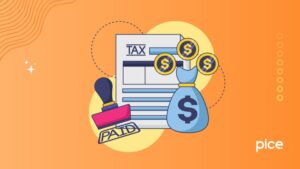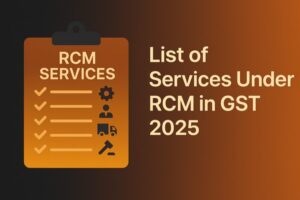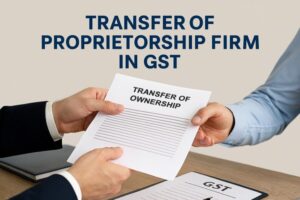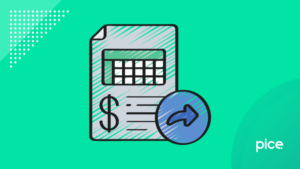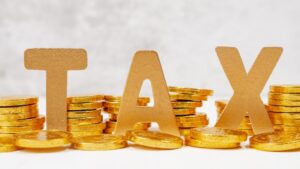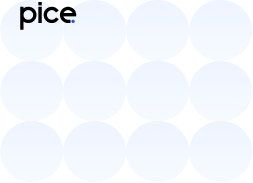Sad Refund Under GST: Everything You Need to Know in 2025
- 18 Aug 25
- 8 mins
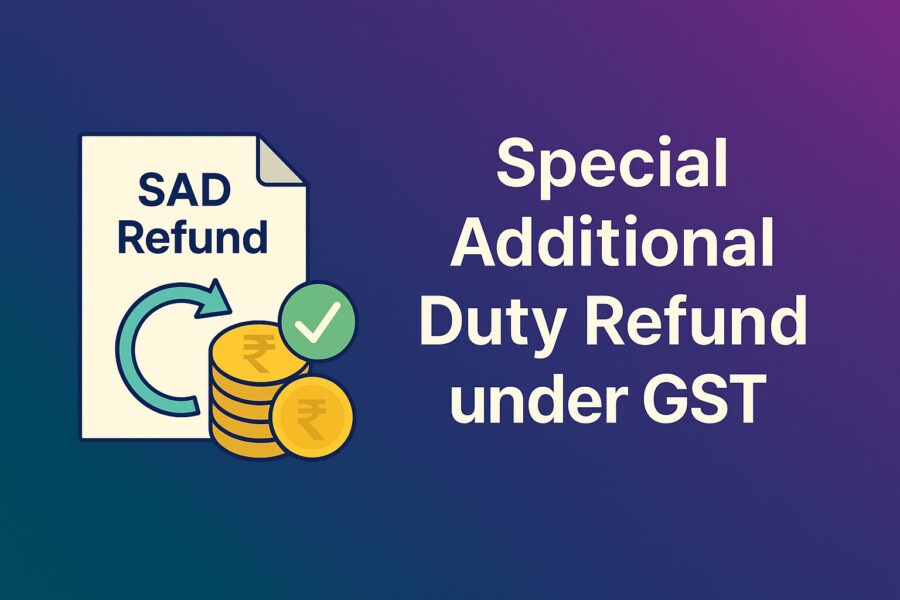
Sad Refund Under GST: Everything You Need to Know in 2025
Key Takeaways
- Special Additional Duty (SAD) refund under GST applies to importer traders selling goods without modification in India.
- SAD in GST is levied at 4% on imported goods to counterbalance VAT or sales tax on domestic products.
- Importers must file the SAD refund claim within 1 year from the duty payment date using TR6 Challan and BOE.
- SAD refund documentation includes Bill of Entry, sales invoices, VAT/CST proof, and Chartered Accountant certification.
- Claiming the SAD refund under GST ensures cost parity between imported and locally manufactured goods.
SAD expands to denote the Special Additional Duty under GST. In this regard, the Central Government exercises the powers bestowed upon it by the Customs Act, of 1962 (52 of 1962). It is crucial in view of the interest of the public, to exempt the goods categorised within the First Schedule of the Customs Tariff Act, 1975 (51 of 1975), if imported into the country for sale, from the entirety of the Additional customs Duty leviable thereon, under the section 3, sub-section (5) of the Customs Tariff Act (here onwards, referred to as the said 'additional duty').
This blog shall dive into details about the SAD refund under GST, applicable rules, documents and other information.
What is a Special Additional Duty Refund under GST?
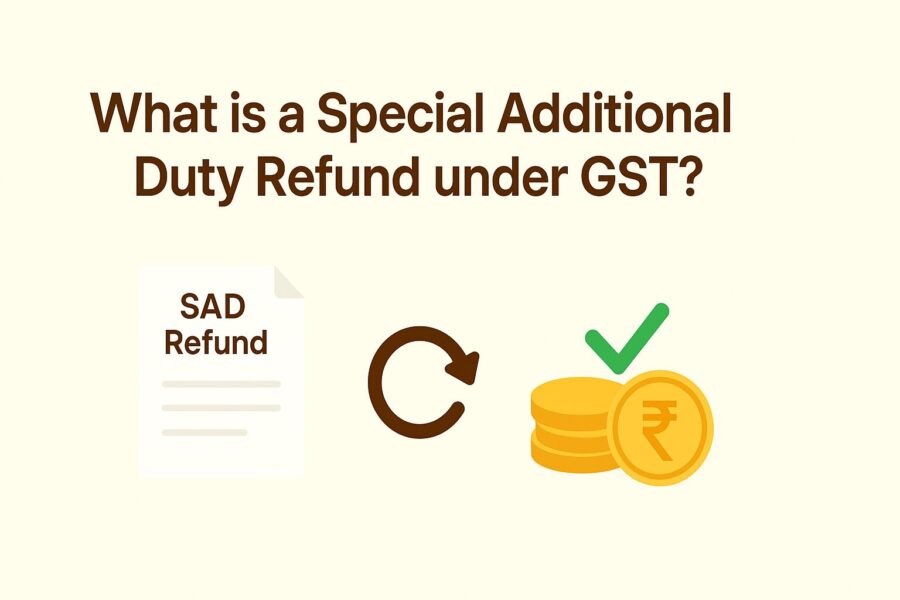
The Special Additional Duty countervails the VAT or sales tax, if the concerned goods have supposedly been manufactured within India.
Special Additional Duty, abbreviated as SAD, is also known as the ‘additional custom duty’. This is leviable under the Section 3 sub-section (5) of the Customs Tariff Act, 1975. It is charged at the rate of 4% upon goods that are imported into the country, on the basis of the total sum of imports (includes CIF, Basic Customs duty and CVD).
The Special Additional Duty of 4% is refundable for the importer traders (persons who sold the goods in India, with no alteration in identity or no modification of the goods in the pursuance of 102/07-Custom notification, dated 14.09.2007; which is subject to the fulfilment of requirements as per procedures laid down via subsequent instruction boards/circulars/public notices.)
Applicable Rules & Important Documents
In the context of the Special Additional Duty Refund as per notification No.102/2007 dated 14-9-2007 and amended further via notification No: 93/2008 (dated 01-08-2008) read alongside Board Circular no. 6/2008 - Customs 28.04.08, 16/2008, Customs 13.10.2008 as well as 18/2010, require the following documents:
● Form no. 102
● Certificate from the Statutory Auditor/Chartered Accountant for unjustified enrichment fulfilment
● Correlation certificate quoting the materials sales accounts
● Self Declaration or an Undertaking.
● Bill of Entry; it must be the original copy (Duplicate only for importers)
● Copy of the Bill of Lading
● Copies of the VAT payment challans or returns as proof of appropriate sales tax payments with respect to imported goods’ sale, as covered under the ‘Bills of Entry’
● Proof of Duty, including TR6 Challans
● Original and Copy DEPB Scrips
● Packing List
● Copy of the Import invoices or the Commercial sales Invoices of the respective imported goods, on which a refund of the Additional duty of 4% is claimed as customs
● Sales Invoice copy as well as the original; the sales summary
● The Ledger certificate
● Covering Letter
● Balance sheet
Special Additional Duty (SAD) refund is available to the traders for importable products as specified under notification No.102/2007 (dated 14-9-2007).
● Manufacturing Units: Every type of raw material and machinery, under DFI, EOU, EPCG, STP Units, re-import and exports, advance licenses
● Raw Materials: Garment accessories, polyester yarn, wood logs
● Building Materials: Marble, tiles, wire mesh, glass sheets, steam room, sanitary goods, sanitary ware, plywood and veneer board, wooden flooring
● Household Goods: Blankets and prayer mats, gift products, mattresses, glassware, bed sheets, toasters, furniture, gas hobs
● Fabric: Silk, carpet, suiting and shirting, Bonded, flex, non-woven and Interlinings, knitted, flock, coated PU and PVC, cotton fusible, fur,
● Paper: Stock lots, printing paper, cardboard, art and craft, newsprints, carbonless paper, board, release paper
● Automobiles: Clutch, steel balls, bearings, plugs, wind glass, motorcycle chains, bumper, seat cover, alloy wheels
● Wearables: Shoes, jackets, socks, blazers, trousers, shirt, belts, jean pants, baby products
● Plastics & Rubber: EVA, articles, pet chips, PVC resin, front-lit, flex, foam, acrylic sheet, synthetic rubber, LLDEP, PVC sheet
● Eatable: Whiskeys and wines, confectionery products, vegetable oil, juices, grain and spices, dry fruit, fresh Fruits, seeds, dairy products
Who Shall Claim the Special Additional Duty Refund?
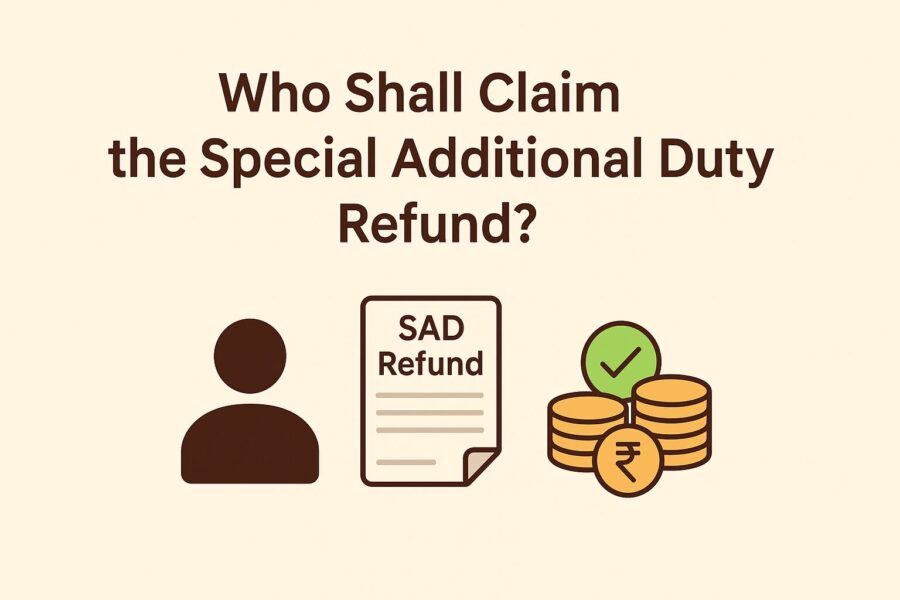
The Special Additional Duty refund under GST may be claimed by:
● Importer traders who have imported goods into the country and sold them as they were. An importer trader will be able to claim a Special Additional Duty Refund following the imported goods sale on which the Value Added Tax (VAT)/central sales tax (CST) amount has been already applied (paid).
The refund is not extended to:
● Manufacturers who modify/change the identity of the goods at the manufacturing stage
● End-consumers of products
Is there a Time limit for Claiming the Special Additional Duty Refund Under GST?
When claiming the Special Additional Duty refund, it's important that you note that there is a time limit for filing the claim. It should be claimed within 1 year, following the time of payment of the duty (i.e. the TR6 Challan date to the corresponding BOE). Failure to claim the refund within the 1-year time period may result in the refund claim being rejected.
Therefore, eligible individuals must prioritise keeping track of the payment dates and ensure timely filing of refund claims to avoid potential issues.
How to Claim the Special Additional Duty Refund Under GST?
The Special Additional Duty Refund claim procedure involves the filing of a number of documents. These documents need to be cross-verified internally to maintain consistency as well as sustained inter-correlation in order to be able to make a set of claims. A detailed criteria is applicable in the context of filing claims on the basis of bills of entries, on a monthly basis, etc.
This, again, necessitates a minute analysis of the relevant documents and an overall understanding of the taxation/commercial aspects of the supply chain.
Conclusion
In conclusion, the SAD refund under GST in India is levied on imported goods in India, primarily aiming to countervail VAT or sales tax on domestically manufactured goods. At a 4% rate on the total import value, which includes CIF, basic customs duty, as well as CVD, SAD may be claimed as a refund by importer traders who offer goods without modification (subject to fulfilment of particular conditions/procedures as outlined in valid notifications/circulars).
This refund mechanism allows the maintenance of parity between imported and domestically produced goods. It also supports businesses in the process of complying with the GST regulations.
💡If you want to streamline your payment and make GST payments via credit card, consider using the PICE App. Explore the PICE App today and take your business to new heights.
 By
By 





